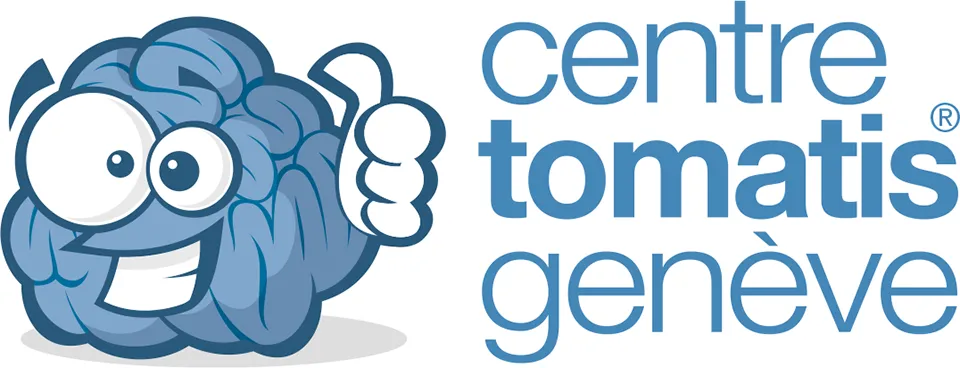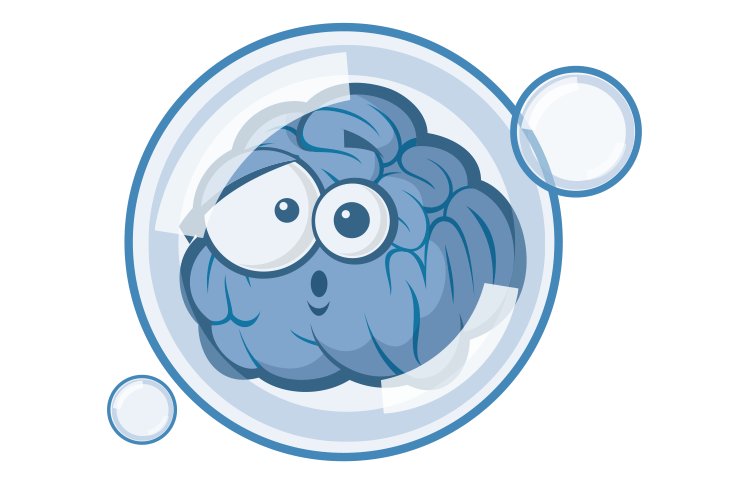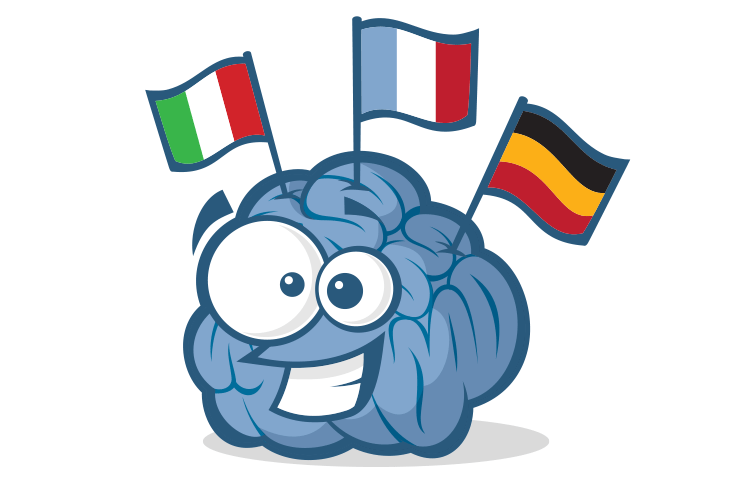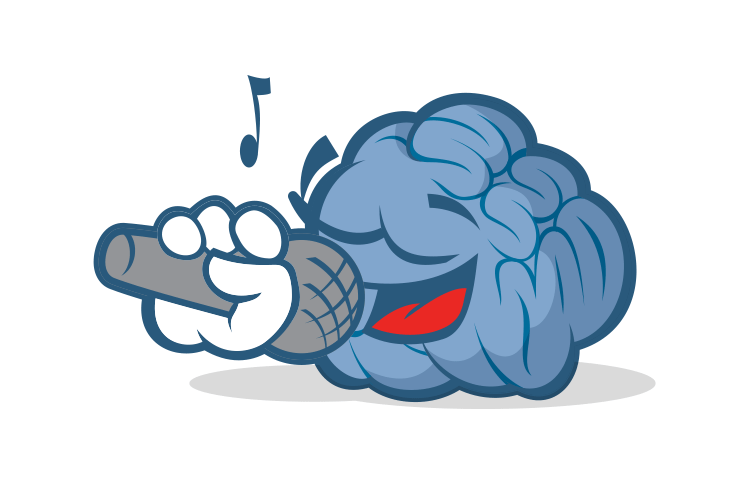Learning and language problems
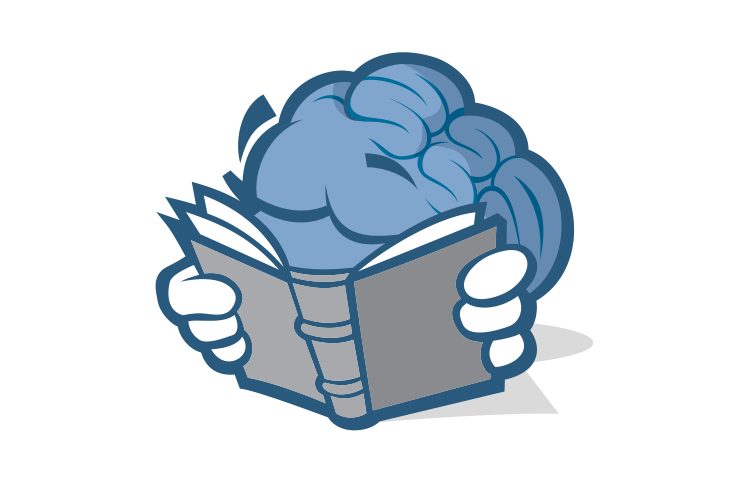
Dyslexia, dyspraxia, dysorthography... How can I help my child?

There is a set of disorders, grouped under the term of specific learning disorders. A considerable number of children (4-6%) suffer from such disturbances. They cannot be explained either by a lack of intelligence, by an unfavourable socio-economic environment or by an important psycho-affective problem.
These disorders have a neurobiological origin and correspond to the fact that certain areas of the brain have not developed properly during the prenatal period.
These disorders correspond to dyslexia as regards reading, dysorthography for correspondence and sounds or dyspraxia with regard to the planning and coordination of the learned gestures. They also correspond to dysphasia for oral language and dyscalculia for mathematical performance.
The Tomatis Method, a unique and original approach
According to the work of Dr. A. Tomatis, dys disorders are associated, among other things, with a deficit of the vestibular integrator which does not do its job properly. In other words, dys people have difficulty with the notions of verticality, laterality, kinetics and statics (acceleration, braking and stopping). These are all notions that are largely based on information coming from the vestibular system, and which are necessary in most of the learning impacted by dys disorders.
It is through the re-education of this integrator that we achieve results such as those described below.
The testimony of Sarah, Myriam's sister (13 years old) with dyslexia and ADHD
I discovered Mr. Frère's practice and the Tomatis method a few months ago. Just by learning about the benefits, one has only one desire: to try. After the first session, I could see that Myriam was less anxious and much more at ease and she stopped her bad habit of biting her nails. At the school level, I spent a lot less time on revisions and above all there were results! More attentive at school, at home, a pure happiness. And goodbye RιTALINE! After the second session, her grades soared, from an overall average of 3.8 to an average of 4.8(the Swiss grading system goes from 0 to 6, ed. note). We were used to grades between 3 - 4, even though she had studied long and hard. Now her grades are between 5 - 6, and she revises in a reasonable way. No more need for 3x2h per week of lessons with the tutor. If there is a method that works, it is this one. Mr. Frère and his assistant are charming people who listen to their students, it's a real pleasure. We recommend them!
The Tomatis® method and the dys disorders
The Tomatis® method by playing on the plasticity of the nervous circuits involved in decoding and analyzing sounds, but also on those of motor skills, balance and coordination, can help children to develop compensation strategies in the face of learning and language disorders. Thus, if it does not eradicate them, it nonetheless leads the subject to manage and overcome them effectively.
The problems of dys children are among the most frequent that I treat in the Center, every time I see an improvement, already after the first session.
Julien FRÈRE, consultant Tomatis®
How to identify dys disorders?
One can suspect a disorder dys when one finds that something is wrong in the development of his child: he speaks badly, has difficulties in buttoning his vest, lacing his shoes, holding a pencil and drawing. In school, writing, reading or calculating are problematic, he follows with difficulty, his results are unsatisfactory and his notebooks are badly held.
But beware, these problems can also be only passengers and naturally dissibate over time. Among the youngest, it is very difficult to distinguish a disorder dys from a simple delay of the acquisitions, the learning path being different for each child, one learner fast, the others needing more time. This is why it is important to consult a professional – child maternal protection physician (PMI), attending physician, school doctor or pediatrician – who will determine whether to undertake a more thorough diagnostic approach.
And then what?
The easiest way is to make an appointment at the Tomatis® Geneva Centre for a free first interview, where I would assess the situation. If necessary, I would recommend you to a specialist for a complementary evaluation, then I would suggest you to make an audio-psycho-phonological assessment. This balance sheet is carried out at the Centre by means of a specific device called TLTS (Tomatis ® Listening test system). It allows me to evaluate how the sensori-motor cortex reacts and adapts to the sound information. From that point on, I would be able to provide you with additional information about the disorder your child suffers from (or suffer from), and I would suggest a suitable rehabilitation program.
In summary: methods used
- Rehabilitation of listening posture with the Tomatis method
- Regulation of the intestinal microbiota
- Stress self-management with mindfulness meditation and EMDR
